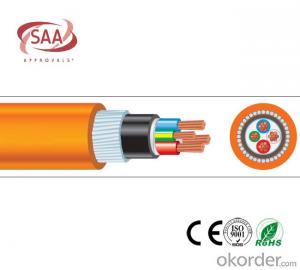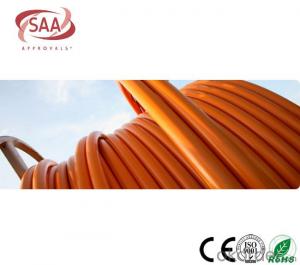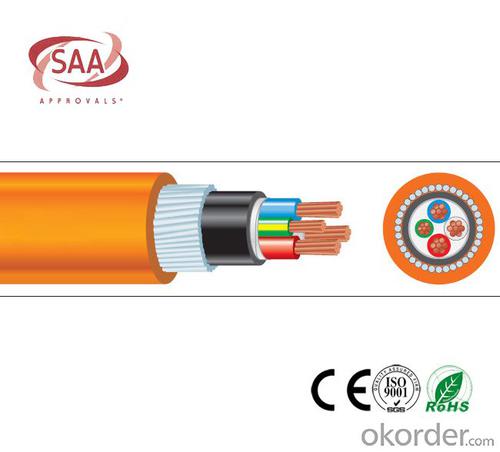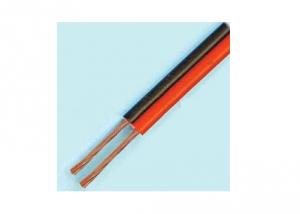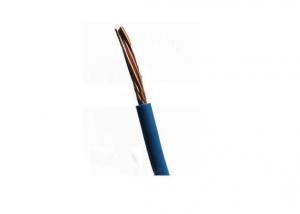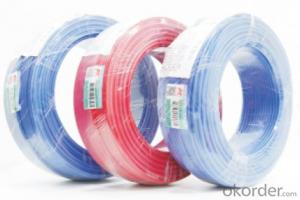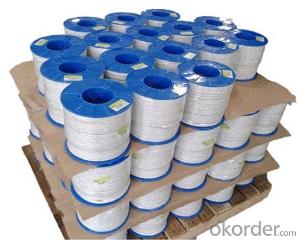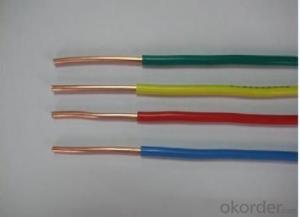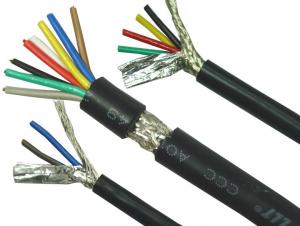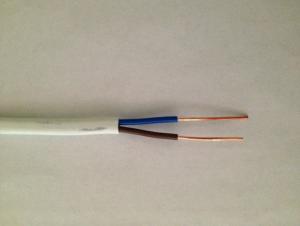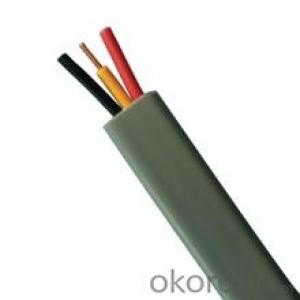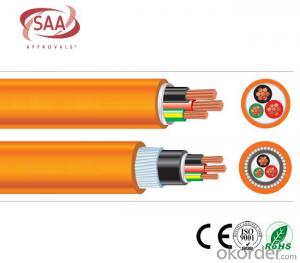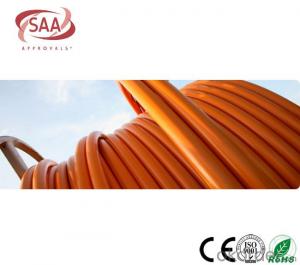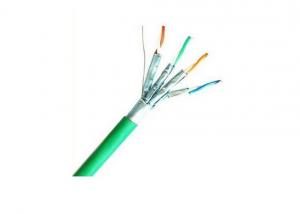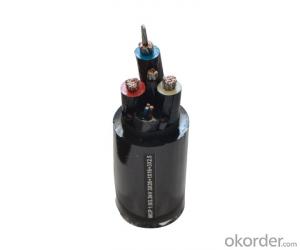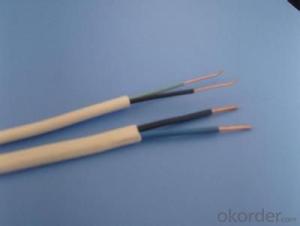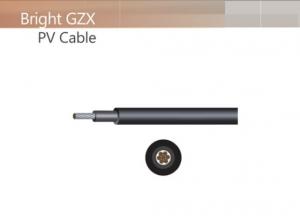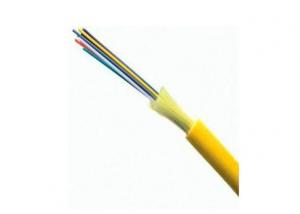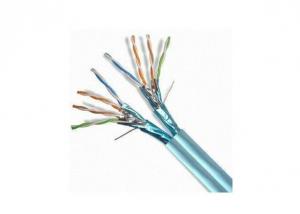Circular Cables PVC 600/1000V 3C+E SWA Copper Orange cable as per AS/NZS 5000.1
OKorder Service Pledge
OKorder Financial Service
You Might Also Like
Circular Cables PVC 600/1000V 3C+E SWA Orange cable as per AS/NZS 5000.1
1. Product Description:
Armored cable mechanical protection layer can be added to any structure of the cable, to increase the mechanical strength of the cable, improve the anti erosion ability, is designed for susceptible to mechanical damage and highly erodible areas of wire and cable. You can use any kind of way of laying, laying buried more suitable for rock area.Armored cable is generally fixed power cable laying, popular is fixed in one place and no mobile, power line transmission of electrical energy.
Cable and armoured in addition to the above, can also enhance tensile strength, compressive strength and other mechanical protection to extend the service life.
Armored has certain anti external performance, can also be wary of worrying the rat, not for through armor causing power transfer problems, the bending radius of the armored to large, armored layer can be ground to protect the cable
2.Applications:
For mians, submains and subcircuits unenclosed, enclosed in conduit, buried direct or in underground ducts for building and industrial plants where not subject to mechanical damage. Suitable for glanding.
Rated voltage: 600/1000V
Conductor: Copper 1.5 ~ 240 mm2
Insulation: PVC, V-90. Red,White,Blue,Black & Green / Yellow
Bedding: PVC, 5V-90. Black
Amour: Galvanised Steel Wire
sheath: PVC, 5V-90. Orange
Environmental performance: Normal operating temp. 75℃
Standards compliance: AS/NZS 5000.1
3.Parameter sheet
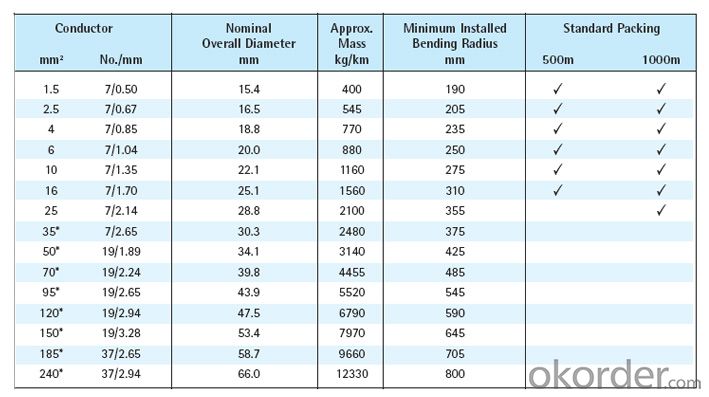
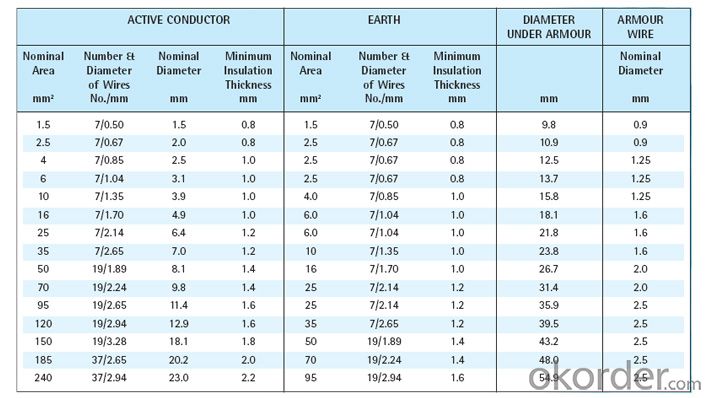
4.Production facility
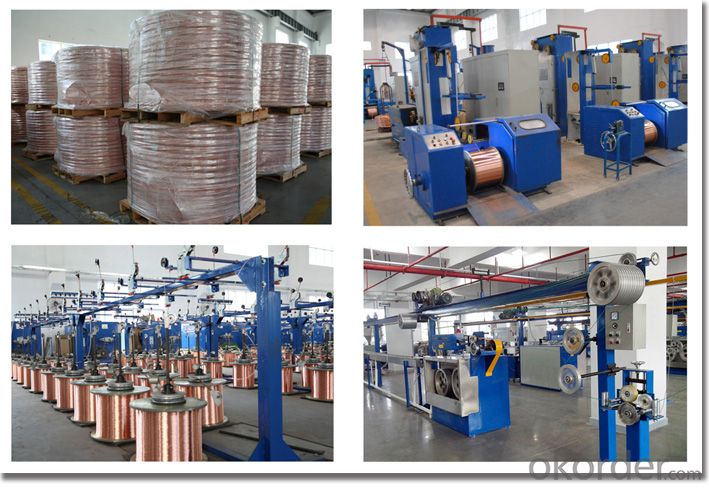

5.Main Quality Inspection Equipment
Sparker tester,Heating aging Chamber,High resistance machine, Oxygen index equipment, Partial discharge inspection instruments, Fireproof testing device,High-power voltage withstand tester,No-rotor Vulkameter,Pull tester,Analytical balance,Direct current bridge,Plastic tester,Projector, Punch machine,Cross-linked cutting machine,etc.

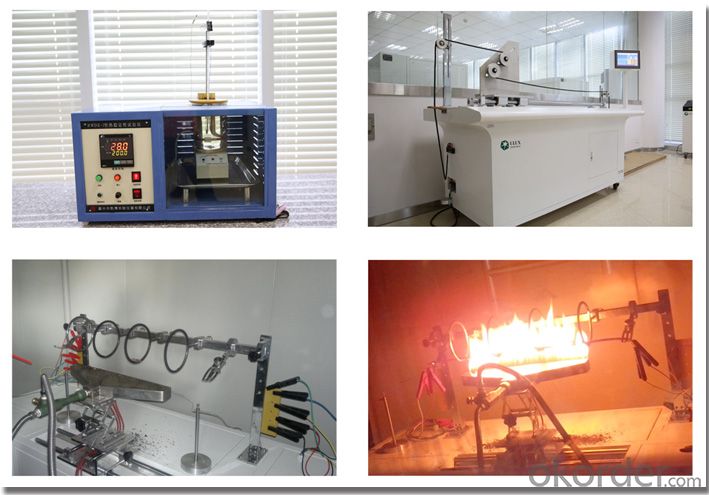
Company Overview


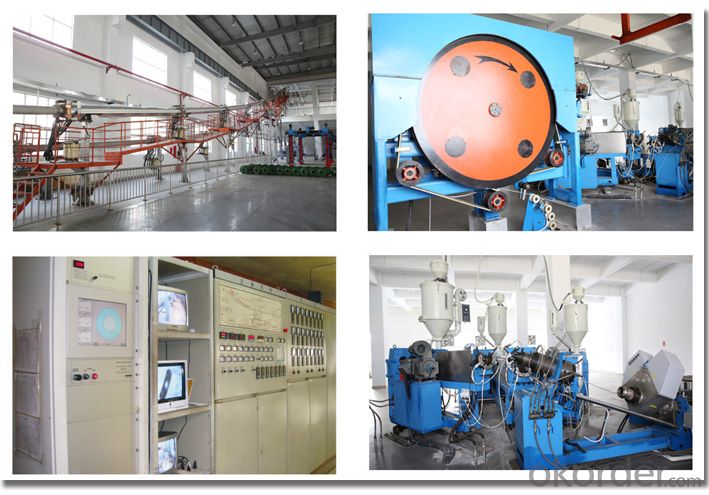
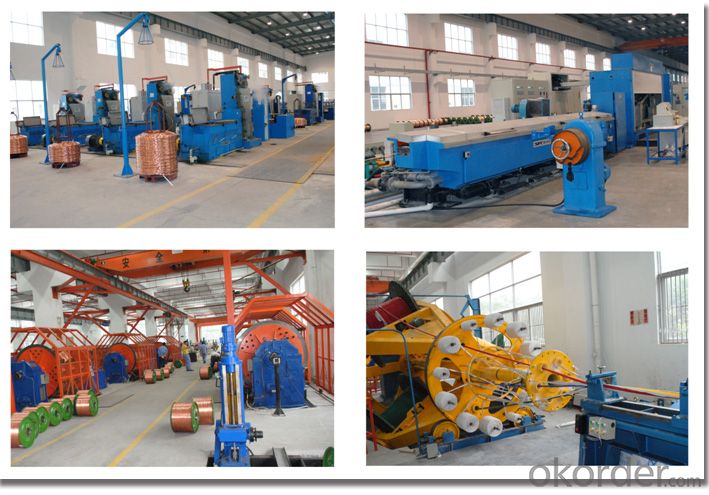
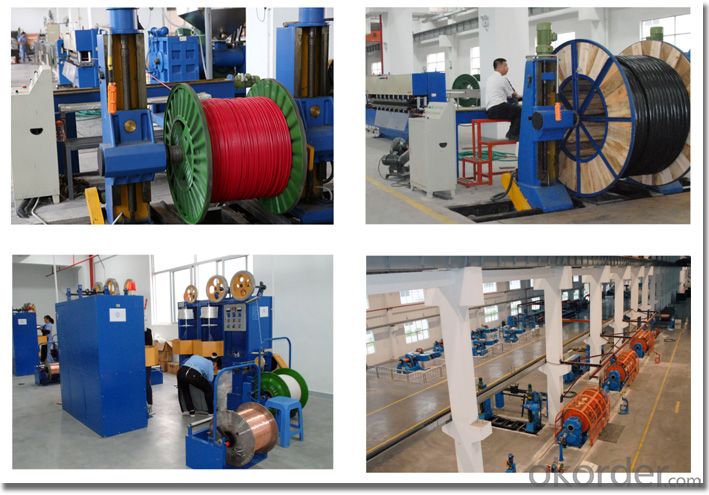
Certificates


- Q: I'm 13, and I know a lot about electrical wiring. I've been reading home improvement/wiring books since I was 9, and I've also been practicing hooking things up since then. There's a few electrical things around the house that I know are wrong and I would like to fix them myself. I know exactly what to do, what parts to buy, what tools to use, and which circuit breakers to turn off. My dad is going away on business for most of the week, and I would like to surprise him when he gets home on Friday.I also want to be an electrician when I grow up.
- NO. - You might not know as much as you sincerely believe. that you do. - That's very normal at 13. I applaud your study and effort, and your wish to help out, but there are a lot of details involved that you might not know and mistakes can be dangerous, hard to spot, and make serious trouble years later. That's why apprenticeship supervision programs are required for adult electricians who have gone to school on the subject.
- Q: i under the house. Does that mean I will need to have the house rewired
- Maybe not rewired but you would have to have a lot of Electrical work done, it may be cheaper to have it rewired then fixed having it fixed would included a lot of wire tracing and a lot of junction boxes set under the house, your best bet would be have a Electrician give an estimate of repair you would have a good idea which would be cheaper then. Hope this Helps
- Q: A puppy travel in the desert, found the poles, the results still suffocated, why?
- You can share a trunking. Respectively, on both sides of the laying can be, without partitions. Not with the same line laying.
- Q: Electrical Wiring for solar USB Charger with rechargeable battery?My goal is to have some sort of three way connection that would allow my charger to have the option of having power run from:A) the solar panel to the batteriesB) the solar panel to the USB female connectorC) the batteries to the USB female connectorwith one switch if possible,Currently I have a DPDT center off switch that allows me to control whether power to the USB is coming from the batteries or the solar panel. Is there a 4-position rotary switch that could give me the 3 different on positions and 1 off position? How would I wire this?
- Build okorder
- Q: I see military shoes, painted and then thrown on a telephone or electrical wire when people leave the Army, just wondering if other posts or military instalations around the US see this. I won't say were I am at, I don't want a MySpace thing happening to me, lets just say I am in the south. Does this happen anywhere elseanyone?
- i've seen it at fort bliss alot
- Q: Pvc pipe and pvc line what is the difference
- Look at the next board to connect to the TV that line is loose, no words would be a good warranty
- Q: I know that the color codes tell you whether its neutral and other purposes, but do i need to find the same colored wire to extend one, or do i need the same one? And are they just for safety purposes?
- In the UK, it is a common misunderstanding that red is always live, and black or blue is neutral. While it is rare for a red wire to be used as a neutral, it is possible. And because twin and earth cables are so cheap, they are often used between ceiling roses and switches, so that the black or blue is live when the switch is in the ON position. It is good practice to mark this wire with a red sleeve to warn that it is NOT a neutral, but this doesn't always happen. It isn't a legal requirement for an extension to be the same colour but the wire should be the same current rating. In the UK, the modern system was designed to avoid cable joins in inaccessible places, like connection boxes between floor and ceiling, where a bad connection was more likely to start a fire.
- Q: I know they shouldn't be allowed to view pornography, but what about electrical wiring videos as well?If they do, and they learn how to do electrical work, would that make them want to experiment and try things at home? If they did that, they might get electrocuted.
- You are right. I think we should ban husbands and children from those videos. Nothing good comes from it.
- Q: (ii) Electrical wires are made up of copper wires.(iii) Graphite is a non-metal but still used in batteries.(iv) Stainless steel do not rust even if it is contains iron.(v) Sodium Potassium are not kept in open air.plzlplzp plzpl plzplz the correct answer is needed.
- (ii) Electrical wires are made up of copper wires. copper is a good conductor of electricity (iii) Graphite is a non-metal but still used in batteries. graphite is a non metalthat is a good electrical conductor. (iv) Stainless steel do not rust even if it is contains iron. It is alloyed with chromium and nickel to prevent rusting. (v) Sodium Potassium are not kept in open air. They both react the air, particularly moisture and carbon dioxide, also oxygen. When cut, you can see the surface tarnish in air.
- Q: Bv4 square copper and BVR4 square copper wire What is the difference
- Set-top box of the three colors of the line corresponding to the TV behind the corresponding set of color holes can be, with the TV remote control system can be selected
Send your message to us
Circular Cables PVC 600/1000V 3C+E SWA Copper Orange cable as per AS/NZS 5000.1
OKorder Service Pledge
OKorder Financial Service
Similar products
Hot products
Hot Searches
Related keywords
